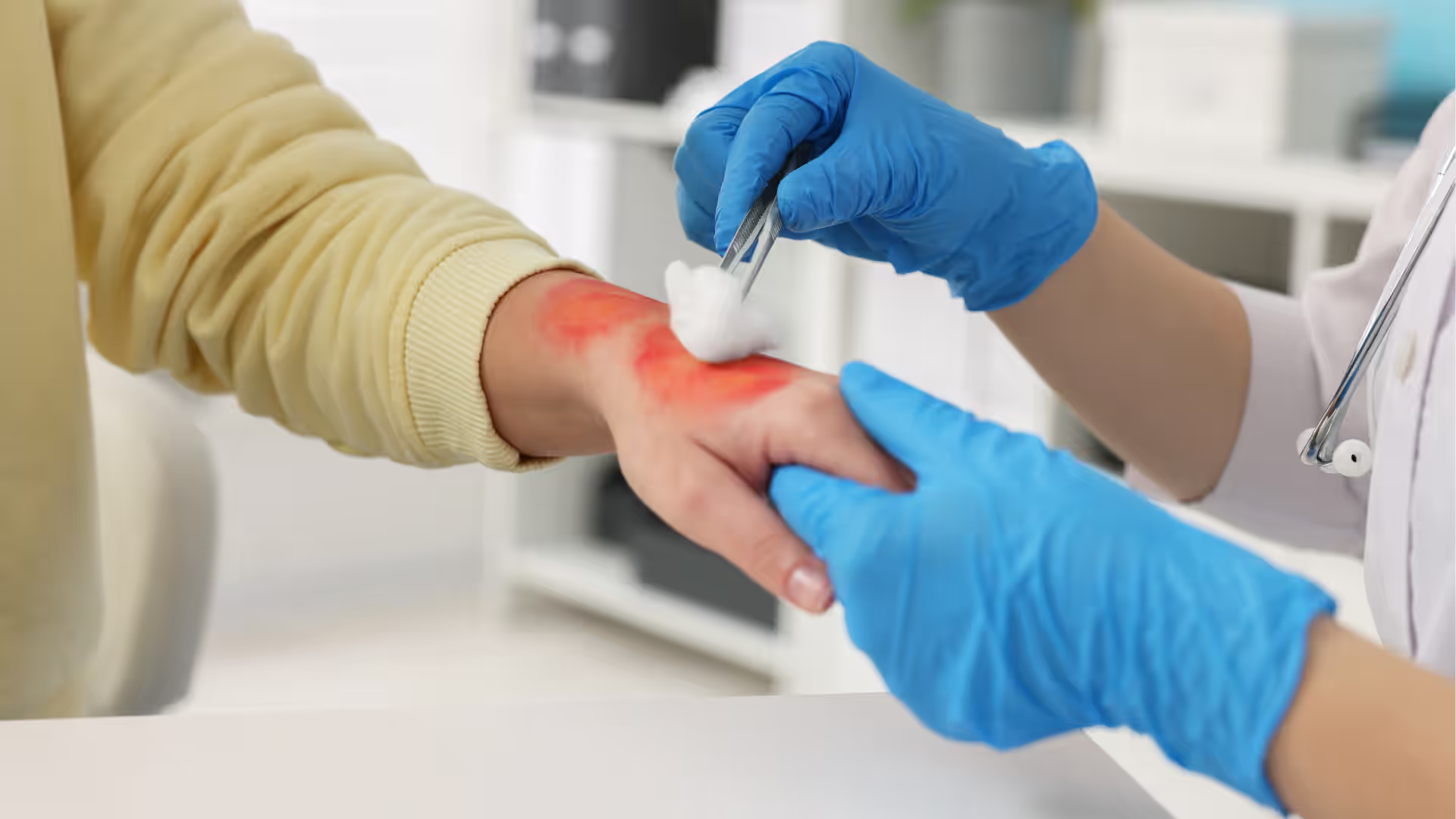In this case study, we explore Rachel's journey, a patient who initially presented with fatigue, low mood, and slow metabolism. Her case demonstrates the power of a functional medicine approach to uncover the underlying causes of her symptoms, which ranged from vitamin deficiencies to subclinical hypothyroidism.
This approach helped Rachel not only improve her symptoms but also regain energy and motivation to make lifestyle changes.
Rachel’s Initial Presentation
Rachel’s primary complaints were persistent fatigue, low energy, low mood, and a sense that her metabolism had slowed down. For over two years, she struggled to get out of bed, relying on coffee and a pep talk to get going. Sleep disturbances compounded her issues, although vitamin D supplementation (3000 IUs) had improved her sleep over the past four months, based on advice from her acupuncturist.
Rachel had no significant prior medical history or formal mental health diagnoses but did mention periods of low mood lasting up to three days, particularly triggered by stress. She attributed this mood fluctuation to grief after a breakup. Additionally, Rachel’s family history included depression, anxiety, alcoholism, and hypothyroidism, indicating a potential genetic predisposition to these conditions.
Rachel had also experienced lifestyle changes, including ceasing her once frequent exercise routine and feeling isolated due to living alone. She described a desire to regain balance in her life, recognizing that her once-healthy lifestyle had deteriorated.
Assessment and Initial Labs
The initial lab results and symptom questionnaires painted a clear picture of Rachel’s physiological state:
Her complete blood count (CBC) was within normal limits, but ferritin levels were low (below 30), which suggested an iron deficiency likely contributing to her fatigue.
Her TSH (Thyroid-Stimulating Hormone) was slightly elevated at 2.9, indicating potential subclinical hypothyroidism, while fasting glucose and hemoglobin A1C were in the higher end of the normal range.
Lab Options from Rupa:
- CBC by Access Med Labs
- Complete Blood Count by Boston Heart Diagnostics
---
- Ferritin by Access Med Labs
- Ferritin by Boston Heart Diagnostics
- Ferritin (FER) by ZRT Laboratory
---
- TSH by Access Med Labs
- Thyroid Stimulating Hormone (TSH) by Boston Heart Diagnostics
- Thyroid-Stimulating Hormone (TSH) by ZRT Laboratory
---
---
- Hemoglobin A1c by Access Med Labs
- Hemoglobin A1c (HbA1c) by Boston Heart Diagnostics
- HbA1c by Ayumetrix
From a mood symptom perspective, Rachel’s score on the low serotonin scale was high, indicating a deficiency in this neurotransmitter. Her catecholamine levels, which affect energy and motivation, were also notably low.
Treatment Plan
Based on these findings, Rachel’s treatment plan aimed to address her nutrient deficiencies and support her neurotransmitter function. The initial protocol included:
1. Iron Bisglycinate Supplementation – To address her iron deficiency and support healthy energy levels.
2. Continuing Vitamin D (3000 IU) – With the goal of optimizing her levels for better sleep and mood regulation.
3. Tryptophan – A precursor to serotonin, to support her mood and combat low serotonin levels.
Additional labs were ordered to further investigate her thyroid function, and a comprehensive metabolic panel was requested to monitor overall health markers.
Early Improvements
Within just two weeks of starting the protocol, Rachel reported feeling more positive and less grumpy. Her afternoon naps were no longer necessary, and she began to feel more energetic in the mornings.
Motivated by this newfound energy, Rachel started incorporating 20-minute high-intensity interval training (HIIT) workouts every other day.
While Rachel’s TSH levels remained slightly elevated (2.3), her free T4 and T3 levels were within range, and her ferritin levels showed improvement. At this stage, her iron dosage was doubled, and she was introduced to zinc and selenium to support her thyroid function.
Addressing Energy Levels
At the 12-week mark, Rachel had made significant progress. Her serotonin deficiency symptoms had completely resolved, and her catecholamine levels had significantly improved, particularly her energy, which went from an 8 to a 3 on a self-rated scale (10 being the most fatigue). Despite these improvements, Rachel still expressed concerns about her energy levels in the morning. She was introduced to a B-complex supplement to improve energy and metabolism and was recommended to increase her vitamin D dosage to 5000 IU daily.
Integrating Thyroid Support and Ongoing Monitoring
At the 12-month follow-up, further lab tests revealed her TSH had increased to 6.12, confirming subclinical hypothyroidism, even though her free T4 and T3 levels remained within the normal range. This constellation of lab values pointed to subclinical hypothyroidism, a condition often associated with insulin resistance, which Rachel’s labs subtly suggested.
Given Rachel’s elevated TSH, the next step was to support her thyroid function more directly. Rachel expressed interest in exploring a non-prescription, desiccated thyroid supplement she had researched online. With proper monitoring, her healthcare provider supported her decision, setting a plan to retest her thyroid function in six weeks.
Rachel was feeling optimistic. Her energy levels had significantly improved, and she no longer relied on coffee to start her day. Her TSH levels were still elevated, but her overall mood and energy were markedly better, with a substantial improvement in her thyroid markers expected in subsequent follow-ups.
Key Takeaways from Rachel’s Case
Rachel’s journey highlights the importance of addressing nutrient deficiencies, such as iron and vitamin D, in cases of chronic fatigue and low mood. Furthermore, her case underscores the value of monitoring thyroid function closely, even when thyroid hormone levels appear normal, as subclinical hypothyroidism can profoundly impact energy levels and metabolism.
By taking a holistic, functional medicine approach—focusing on optimizing nutrients, supporting neurotransmitters, and addressing thyroid function—Rachel was able to achieve significant improvements in her energy, mood, and overall quality of life.
---
This case study serves as a reminder of how functional medicine can uncover hidden imbalances that significantly impact a patient’s well-being. Rachel’s journey shows the power of personalized care and nutrient-based interventions in addressing the root causes of health concerns.












%201.svg)











